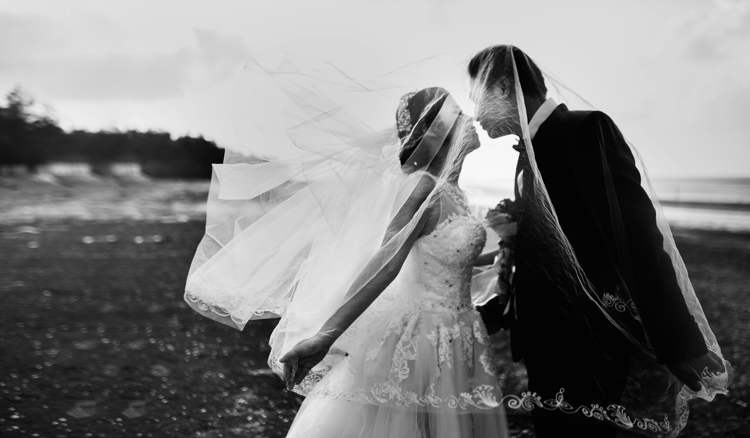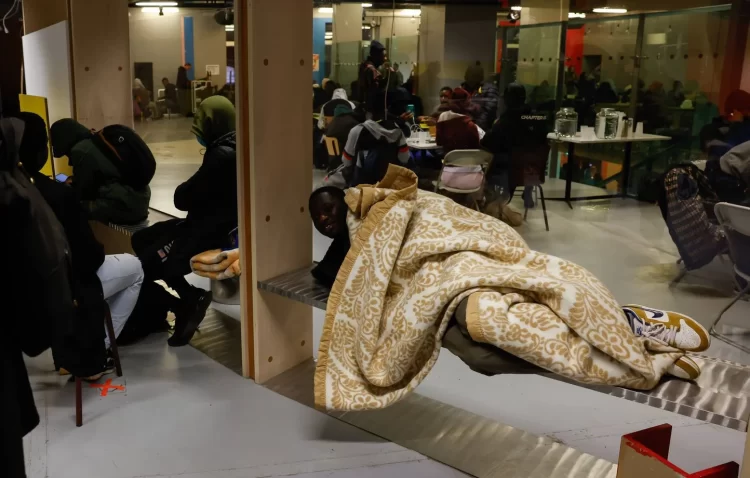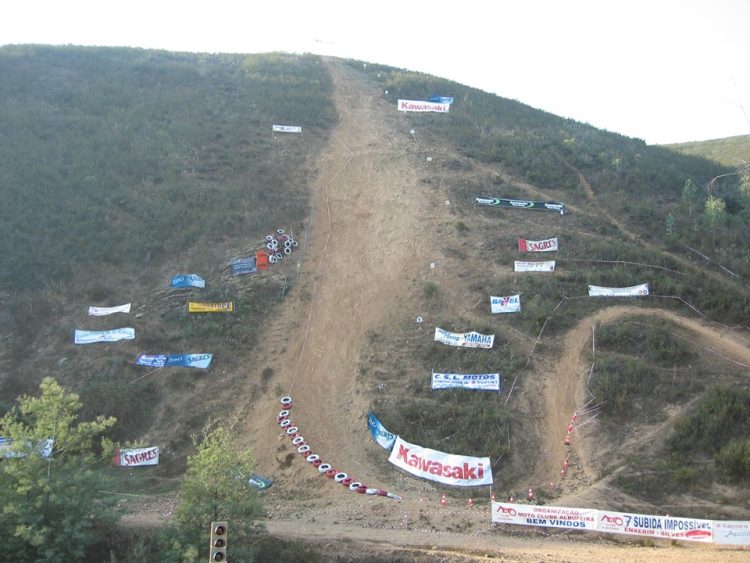The concept of bachelor pads isn’t unique to humans. Male bowerbirds are amazing architects, but they reserve theirs skills for just one purpose – finding a mate. They construct such elaborate and dazzling nests to impress females, perhaps they could teach our men a thing or two about home décor.
Male bowerbirds use embellishments such as coins, nails, leaves, shells, seeds, flowers and live insects to weave their nests, called bowers. Bowers are U-shaped nests built with twigs and grass, and carpeted with moss. Each bower is an architectural marvel that stretches out 5 or 6 yards across, complete with a thatched roof and supporting pillars.
Blue is a very important color in the construction process. Male bowerbirds use several blue objects – berries, flowers, bottle caps and string – to attract prospective mates. Research has proven that females are attracted to bowers with the most number of blue decorations. Because blue objects are rare in a bowerbird’s environment, a male who is able to acquire them and protect them is deemed superior.
Photo: IMGUR
But competition is tough, and weaving the fanciest nest doesn’t guarantee finding a mate. So the males also prepare an elaborate dance as a part of the courtship ritual. The frenetic physical display is dubbed the ‘buzz-wing-flip’. It involves fluffing up of feathers, buzzing vocalizations, and a lot of running back and forth. This maniacal dance is performed up to four times for the female bowerbirds’ viewing pleasure.
Using video cameras, researchers have determined a three-stage courtship process. In the first stage, females visit the bowers when the male is absent. At this stage, males with asymmetric or badly constructed bowers, or with a haphazard arrangement of blue items are generally disqualified. Good decorating skills correlate with high energy.
Photo: IMGUR
In stage two, females return to the bowers that they found impressive. This time the males are present too; they perform the buzz-wing-flip. It’s important for the dance to go well, because physical display is believed to be the best indicator of male quality. While blue ornaments can always be stolen, the buzz-wing-flip cannot be faked. According to Seth Coleman, a doctoral candidate of behavioral ecology at the University of Maryland, “Only males in top physical condition are able to produce vigorous performances – something that sick or weak males cannot do.”
Once the females have made a second round of observations, they leave for a week to build their own nests. They return for stage three – a review of encore performances from only the most promising candidates. When she has chosen her mate, the female bowerbird indicates her satisfaction to the male with a soft cooing. Mating happens within a few seconds’ time. Yet another generation of architects will be born soon.
Photo: Tim Laman/National Geographic
Just like in humans, the female bowerbirds’ taste in males seems to improve with age. Researchers have observed that younger females, who have no prior mating experience, or just a single mating, are startled by the buzz-wing-flip routine. “Their retreat is so hasty – often leaping up and out of the bower – that they can’t possibly have any time to assess the male,” said Coleman.
Younger females seem to choose males using different indicators – the blue ornaments. The first stage is the end of the story for them, they can’t really tolerate the subsequent stages. But females with three plus years of experience go with the physical displays as well.
It’s amazing, the amount of dedication that bowerbirds have towards building their nests. Their extravagant exhibitions are in part, a result of females being single mothers who do not need males to raise their young. Bowerbirds are also rather plain-looking, which the colorful displays seem to make up for. So the males dedicate their lives towards the collection and arrangement of treasures for their prospective mates.
Now, if only more human males could have such passion for interior decoration!
Sources: National Geographic, The Guardian









